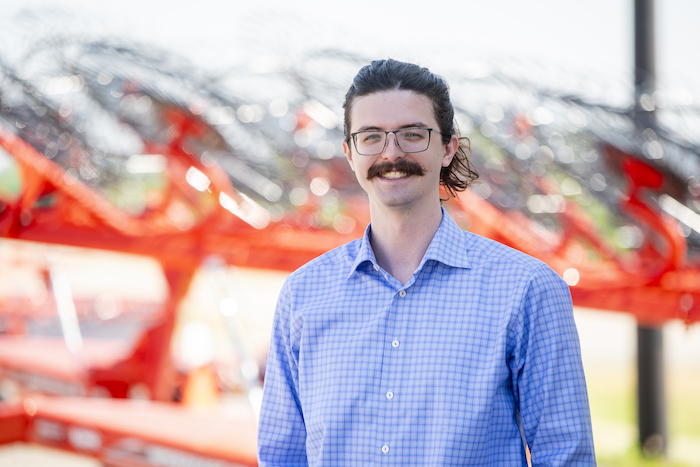One important place that dealers can look to generate cash is in their parts department. In a recent webinar, Trent Hummel, consultant and trainer for the Western Equipment Dealers Assn.’s Dealer Institute, explained how dealers can maximize the benefit of their OEM return program, sell obsolete parts to the wholegoods department at a discount and have their technicians assist by upselling parts while on service jobs.
This is the second in a series of articles based on Hummel’s webinar. Part 1 of this series covers how to break down expenses, part 3 covers billing & the service department and part 4 covers wholesgoods.
Maximize Your Parts Return
As Hummel points out, the parts department has an added benefit in its unique ability to send back product that is not selling. He says dealers should maximize this benefit, particularly by being sure to return the highest priced items first and fill returns per month or quarter under each OEM’s program. He also points out that dealers shouldn’t forget that some manufacturers will do “one-time exceptions” regarding parts return. “If you've been a good dealer, paid your bills and sold their product, they'll often give you this allowance. Dealerships can return a boatload of parts above the maximum amount,” says Hummel.
Shortlines are more likely to negotiate extra parts returns, often with the agreement of exchanging returned parts with an offsetting order, according to Hummel. However, he explains this can be used strategically to return deadstock partst while placing a wholegoods order for an item which the dealership has presold.
Hummel also recommends parts departments look for opportunities to sell obsolete components to the wholegoods department for use with stock units. In Hummel’s example, a parts department could sell $10,000 worth of old stock to the wholegoods department at a discount of $4,000. This way, the parts department reduces their aged inventories while providing added value to the wholegoods equipment. This only works if the parts will add value to a unit.
Look for Savings in Parts Ordering
When it comes to OEM parts ordering programs, Hummel urges dealers to take advantage of the potential savings that come with bulk buying if it makes sense in terms of cashflow. When minimum quantity order amounts are more than needed, Hummel recommends calling other dealerships to arrange swapping portions of each other’s orders in order for each parts department to have the exact number items of items needed. “One dealer will order 100 of one type of filter and another dealer will order 100 of another filter,” says Hummel. “They only need 50 of each kind of filter, so they swap half their orders when the filters arrive.”
Within a dealership’s complex, communication is key between all its parts departments. According to Hummel, many dealership complexes do not have a system or procedure in place to confirm if another location has a needed part. This can result in ordering a part that could be in stock at another location, negatively impacting cashflow.
Hummel recommends dealerships re-examine their parts matrix and adjust their parts price factoring. He admits that consultants provide various recommendations with parts matrixing: whether or not to matrix captive parts, whether or not to factor high moving parts under or over MSRP, etc. He recommends calling other local dealerships to get an understanding of what works in the local market.
Have a Goal for Upselling Service Tickets
The potential is greater to upsell when parts and service departments are working together. As Hummel explains, technicians tend to focus more on upselling service rather than parts. But a parts person should be asking technicians if they’ve noticed any parts upselling opportunities on a service job. This allows the parts person to directly present to a customer any possible parts needed on a service order.
Hummel recommends a 10% upsell as the goal on every service ticket. “10% is an easy upsell, 20% is harder,” he says. “On a $700 service order, when the service manager informs the customer of a possible extra $70 of work found on the unit, the customer is mostly going to say yes. But if it’s $140, they might think twice.”
Hummel pushes the idea for the parts department to collect enough freight fees from customers to cover parts returns freight costs. “If it’s $10 freight to get a unit part to your dealership, you’ve got to charge $12. The extra $2 goes into a surplus account,” he says. “When paying freight fees for the monthly parts returns, we should not be using the dealership cash, the surplus funds are used to pay for freight returns.” He recommends the surplus dollars be posted for parts technicians to see. Most may not know the surplus totals or the need for collecting customer parts freight to pay for parts return freight.
Hummel will be presenting a session at this year's Dealership Minds Summit 2020 titled “Tracking Used Equipment Trends & Following the Data,” where he’ll share data tracking used combine inventory by country and by brand to unearth whether the industry is growing or reducing used combine stock.






